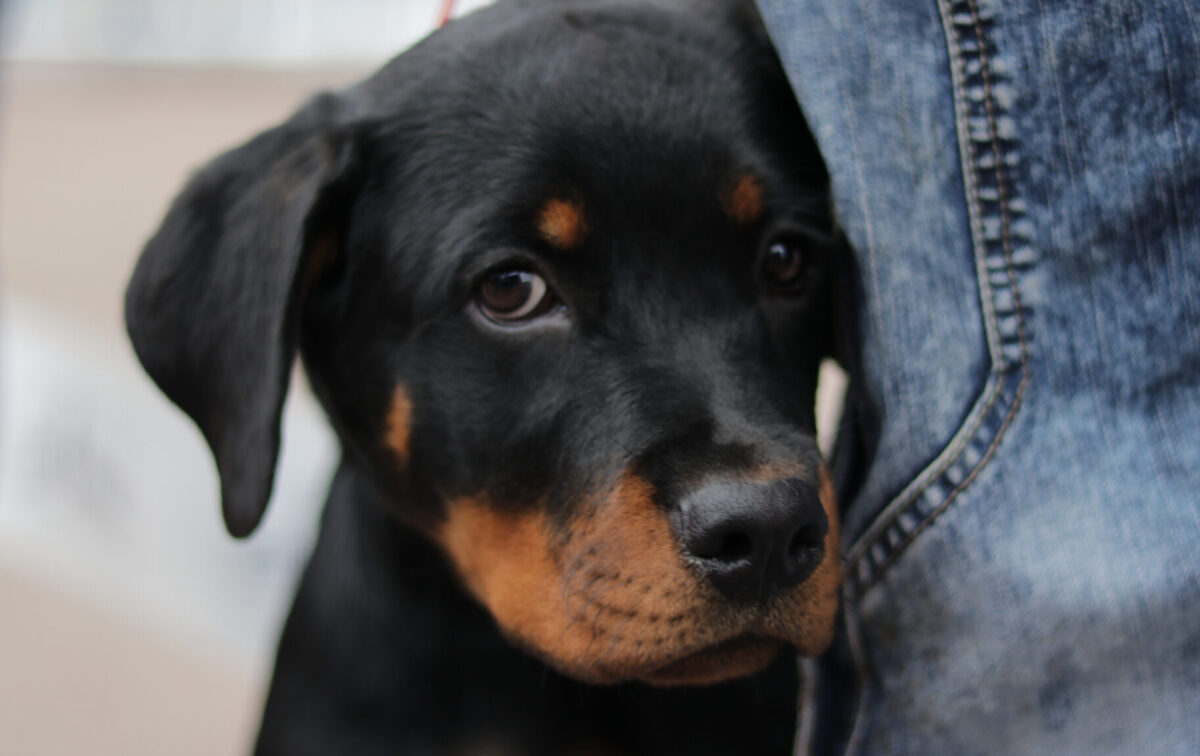
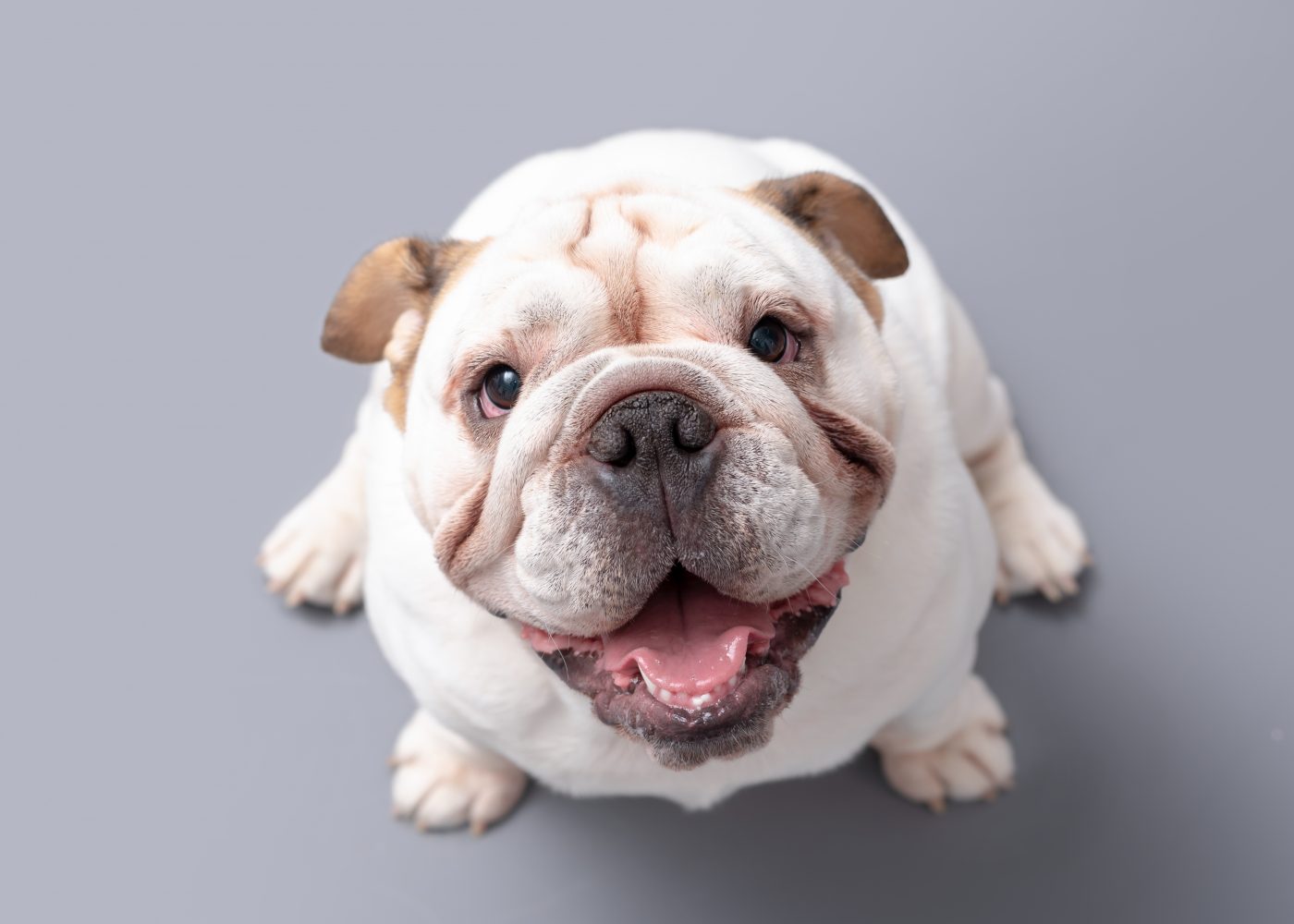
If you’ve ever been caught off guard by your dog humping a pillow, a toy, or worse—your leg—you’re not alone. While this behavior might seem awkward or even embarrassing, it’s not always a sign of sexual excitement. Dogs hump objects, other dogs, and even people for various reasons, and the behavior is more nuanced than it first appears. Whether it’s tied to excitement, dominance, or even boredom, understanding the real reasons behind why dogs can help clear up a lot of misconceptions.
Not Always About Reproduction
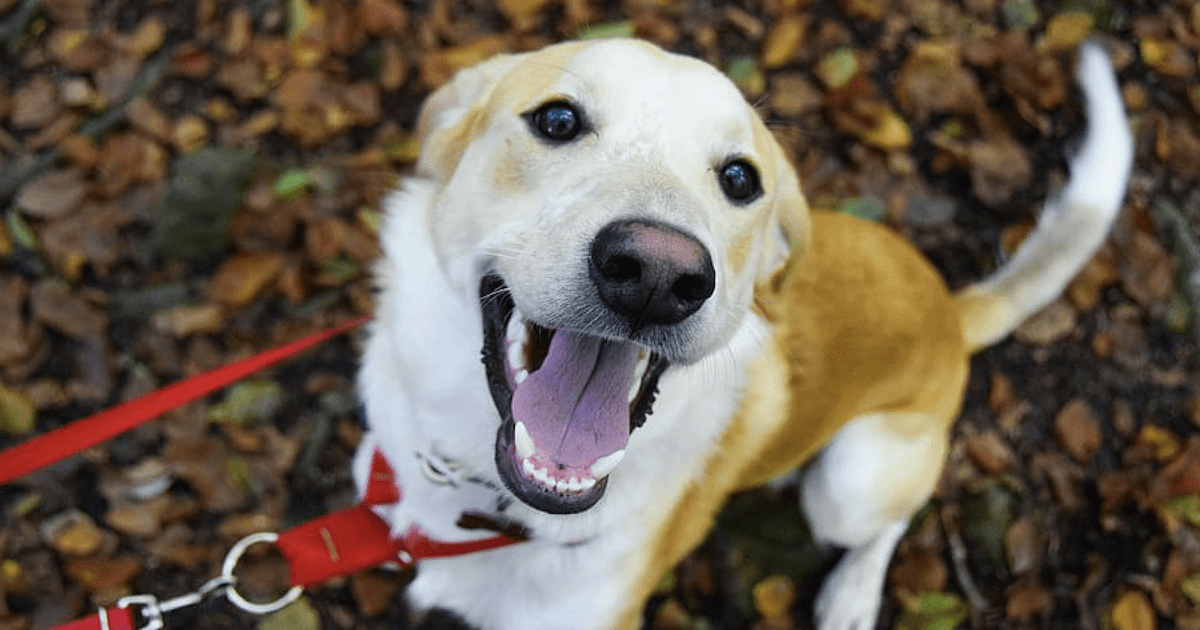
Contrary to popular belief, humping doesn’t always indicate sexual excitement in dogs. While intact male dogs may hump as part of mating behavior, neutered dogs (both males and females) can also display this behavior, which suggests that it’s not strictly tied to sexual urges. Humping can occur in dogs that have been spayed or neutered, indicating that it’s more complex than reproduction alone. Dogs may use humping as a way to express other emotions or needs, making it important to recognize that this isn’t purely a sexual behavior.
Playfulness and Excitement

Humping can also be a sign of playfulness or excitement, especially in younger dogs or puppies. When a dog gets overly stimulated during play, humping may occur as part of their natural response to high energy levels. For example, during a fun game of fetch or roughhousing with another dog, your pet might suddenly start humping as a release of excess energy. In this context, the behavior is more about joy and exuberance than anything else. While it might seem out of place to us, it’s a perfectly normal way for dogs to express their excitement.
A Display of Dominance
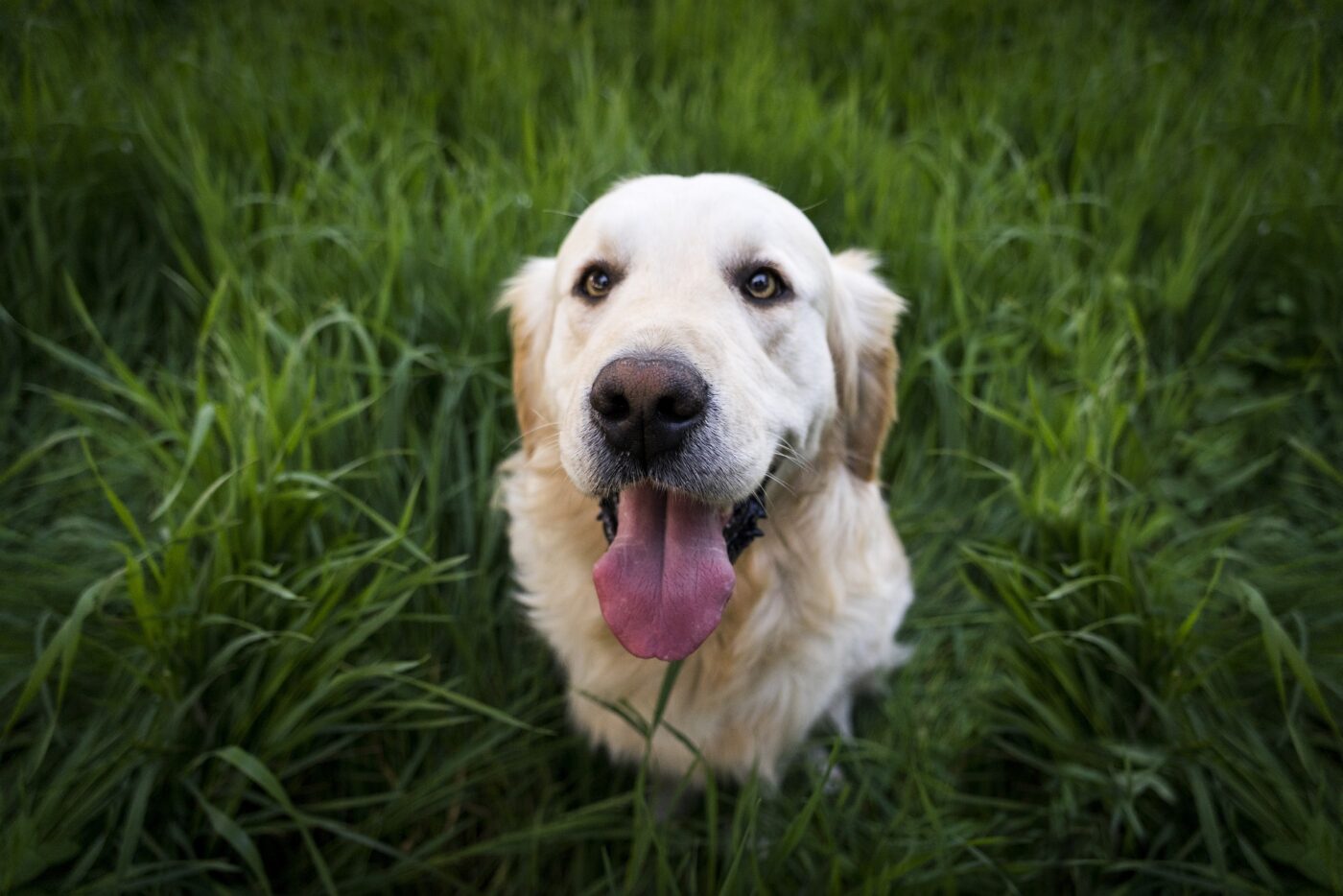
In some cases, humping can be a show of dominance. Dogs live in a social hierarchy and use various behaviors to assert their position within a pack or household. Humping can be one of these behaviors, particularly in situations where a dog feels the need to establish control or dominance over another dog, object, or even person. However, dominance-based humping isn’t as common as once thought, and many experts now believe that dogs may use this behavior for other reasons more frequently than for asserting dominance. Still, it’s something to consider when interpreting your dog’s actions.
Stress or Anxiety Relief

Dogs can hump as a way to relieve stress or anxiety. When a dog feels nervous or overwhelmed, they may resort to behaviors that help them cope, and humping can be one of them. This might happen in situations that trigger anxiety, such as being in a new environment, meeting unfamiliar people, or hearing loud noises. Humping becomes a self-soothing behavior that helps the dog manage their anxiety, similar to how humans might pace or fidget when stressed. If your dog frequently humps during high-stress situations, it could be a sign that they are trying to calm themselves down.
Attention-Seeking Behavior
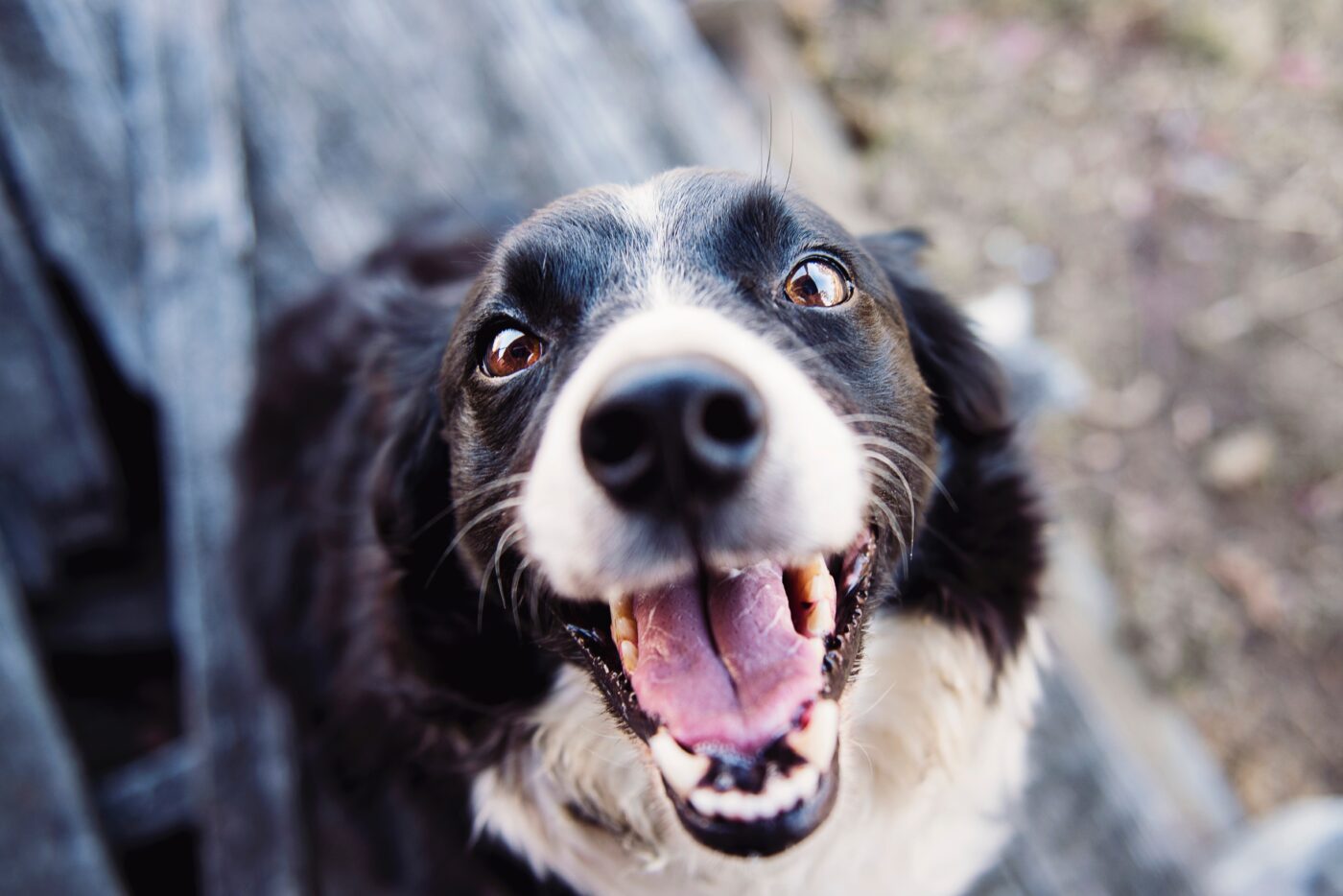
Humping can also be a way for your dog to get your attention. If your dog notices that humping provokes a strong reaction from you—whether that reaction is laughter, embarrassment, or scolding—they might continue to do it as a way of getting noticed. Dogs are quick to learn which behaviors get a response, and humping is no exception. If they figure out that humping grabs your attention, they may use it as a tool to gain interaction, even if that interaction isn’t necessarily positive.
Medical Issues or Discomfort

In some cases, humping can be a sign of an underlying medical issue. Dogs with urinary tract infections, skin irritations, or other discomforts in their genital area may hump objects or people as a response to the irritation. If your dog is humping excessively or seems distressed while doing it, it’s worth consulting a veterinarian to rule out any potential health problems. Conditions like hormonal imbalances or pain can sometimes trigger this behavior, and addressing the root cause can help alleviate the problem.
Boredom and Lack of Stimulation
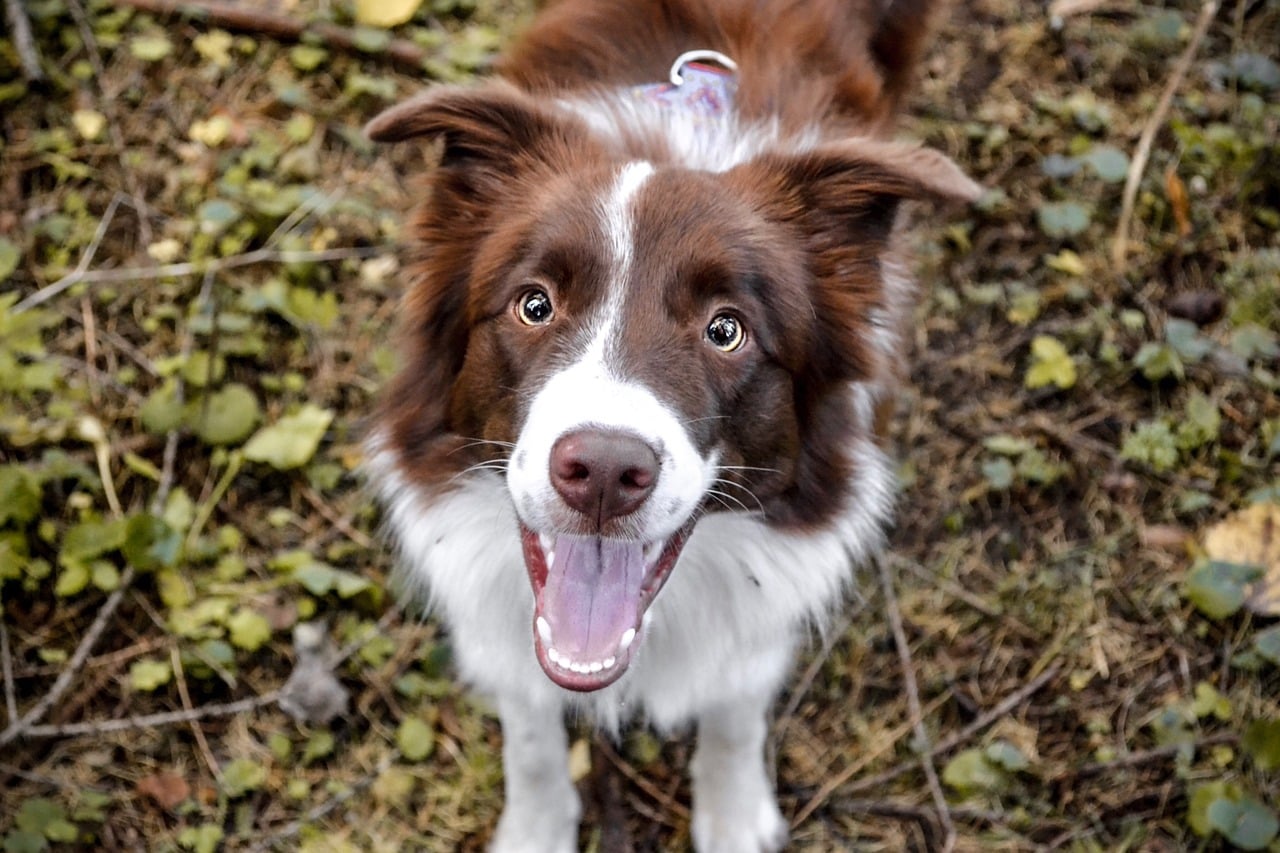
Just like humans, dogs can get bored, and when they do, they may resort to unusual behaviors to entertain themselves—humping included. If a dog isn’t getting enough physical or mental stimulation, they may start humping out of boredom. This behavior allows them to release pent-up energy and keep themselves occupied. Providing your dog with more exercise, interactive toys, or engaging activities can help reduce boredom-related humping, as they’ll have healthier outlets for their energy.
Social Interaction and Communication

Dogs may use humping as a form of social interaction or communication with other dogs. In a dog park or during playtime, humping can be a way for dogs to engage with each other, whether they are establishing social roles or simply playing. In these situations, humping may occur without any sexual intent and can be part of the dogs’ natural way of interacting. It’s often accompanied by other playful behaviors, like chasing or rolling around, and can be a normal part of their socialization process.
Habitual or Learned Behavior
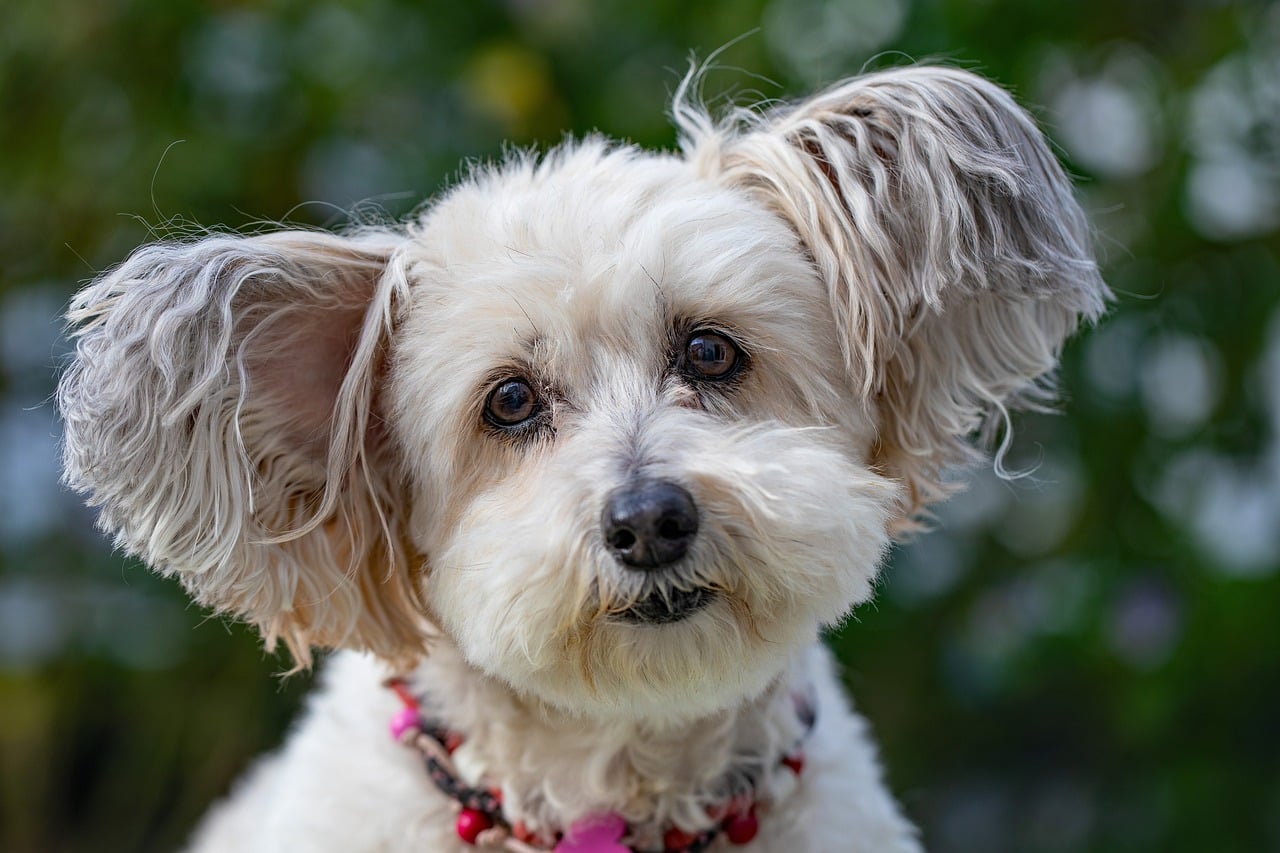
Sometimes, humping can become a habit. If a dog has learned that humping leads to attention, excitement, or a reaction, they may start to do it more often simply because it’s part of their routine. Over time, humping may become a learned behavior that your dog engages in regularly, even when there’s no specific trigger for it. This habitual behavior can be addressed through training and redirection, helping your dog find more appropriate ways to express themselves or release energy.
“Who Needs a Couch When There’s a Leg?”

The next time your dog hums a pillow, a toy, or your unsuspecting guest’s leg, try not to blush or get too flustered—they have their reasons! Whether it’s out of excitement, stress, or just pure doggy mischief, humping isn’t always as awkward as it seems. While your dog may not be quite the Casanova you imagined, they’re finding unique ways to communicate and blow off steam. And remember, in the world of dogs, sometimes a hump is just… a hump!

